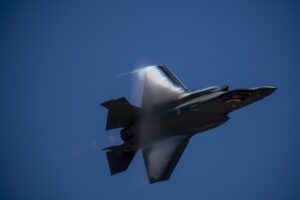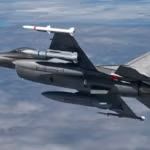
The program for the Lockheed Martin [LMT] F-35 fighter could achieve significant sustainment cost savings in the coming years, per a section of the Government Accountability Office's (GAO) 2022 annual report released last week. "The Department of Defense could reduce F-35 sustainment costs by hundreds of millions, or even billions, of dollars over several years by developing a strategic approach to ensure that the services can afford to operate and support the F-35," GAO said. Thus far, "DoD does not…














